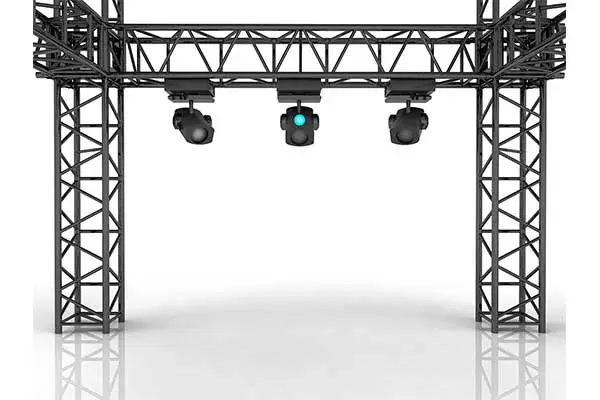

Stage lighting plays a crucial role in creating the right ambiance and enhancing the visual appeal of performances. However, the intense heat generated by high-powered stage lights can pose significant challenges, including equipment damage and safety hazards. Cooling fans like DC brushless fan 12V 0.06A are essential components in stage lighting systems, designed to dissipate heat and maintain optimal operating temperatures. Let's explore the importance of LED light cooling fans, their types, and key considerations for selecting the right LED light cooling fan for stage lighting applications.

There are several types of LED light cooling fans used in stage lighting, each with its unique features and benefits:
Axial Fans: These are the most common type of LED light cooling fans, characterized by their ability to move large volumes of air along the axis of the fan. These cooling fans, like an EC cooling fan, are typically used in applications where space is limited and efficient airflow is required. Also, compact DC brushless fan 5V models work well in space-limited applications.
Centrifugal Fans: Also known as blower fans, centrifugal fans are designed to move air at high pressure. A DC blower fan and other kinds of centrifugal fans are ideal for applications that require directed airflow and are often used in enclosed lighting fixtures where heat buildup is a concern.
Crossflow Fans: These LED light cooling fans produce a wide, uniform airflow and are often used in applications where even cooling is necessary. They are less common in stage lighting but can be beneficial in specific scenarios where consistent temperature control is required.
Proper protection is crucial - consider durable solutions depending on your cooling fan size.
When selecting a cooling fan for stage lighting, whether a DC cooler fan, several factors need to be considered to ensure optimal performance and longevity of the equipment:
Airflow Requirements: Determine the amount of airflow needed to effectively cool the lighting fixtures. This is typically measured in cubic feet per minute (CFM). Higher-powered lights will require fans with greater airflow capacity.
Noise Levels: Since stage performances often require a quiet environment, it is essential to choose LED light cooling fans that operate with minimal noise. For example, Brushless fan 5V options operate quietly for sensitive environments. Look for LED light cooling fans with low decibel (dB) ratings to avoid interference with the performance.
Durability and Reliability: Stage lighting equipment is often subjected to rigorous use and varying environmental conditions. Select LED light cooling fans that are built to withstand these challenges, with features such as robust construction, high-quality bearings, and thermal protection.
Size and Compatibility: Ensure that the LED light cooling fan fits within the available space in the lighting fixture and is compatible with the existing electrical system. Proper sizing and compatibility are crucial for effective heat dissipation and seamless integration.
LED light cooling fans are indispensable for maintaining the performance and safety of stage lighting systems. By understanding the different types of fans and considering key factors such as airflow requirements, noise levels, durability, and compatibility, you can select the right cooling fan to enhance the longevity and efficiency of your stage lighting setup. Brands like WELLSUNFAN offer cost-effective cooling fans that provide optimal cooling solutions. Engineered with advanced technology, WELLSUNFAN's high quality cooling fans ensure efficient airflow and quiet operation.